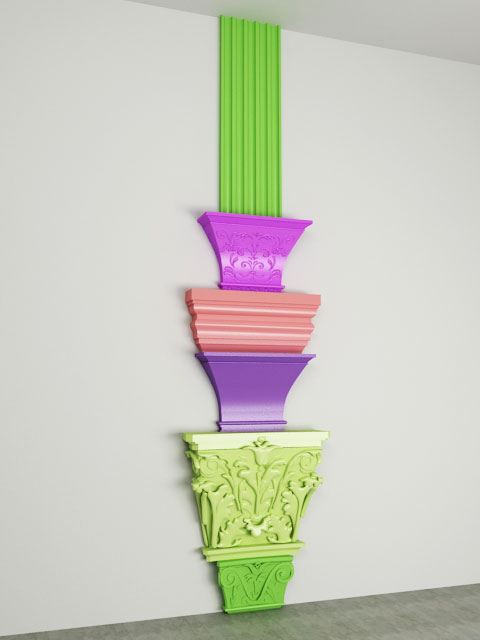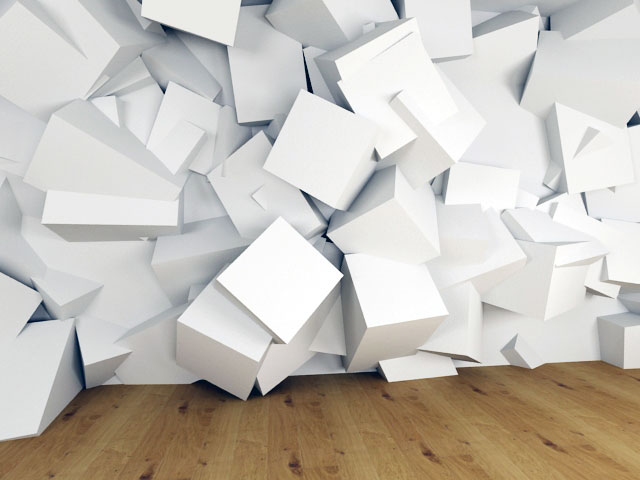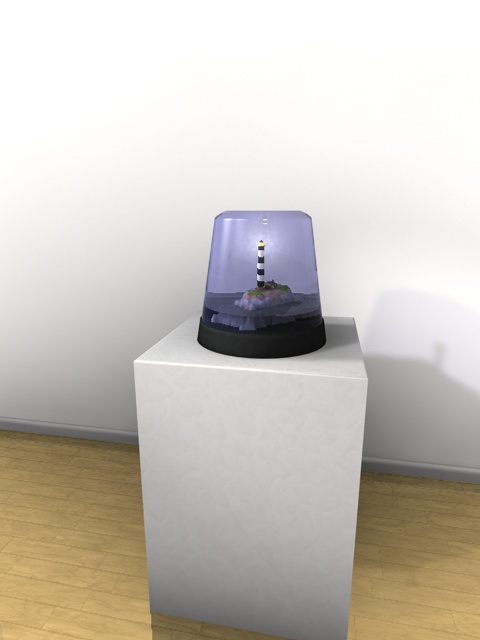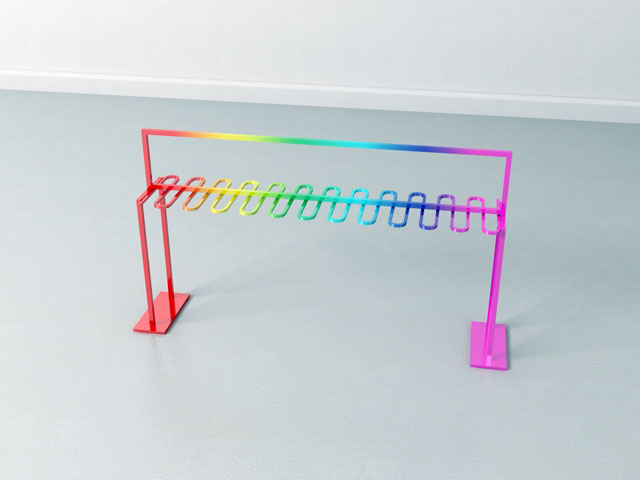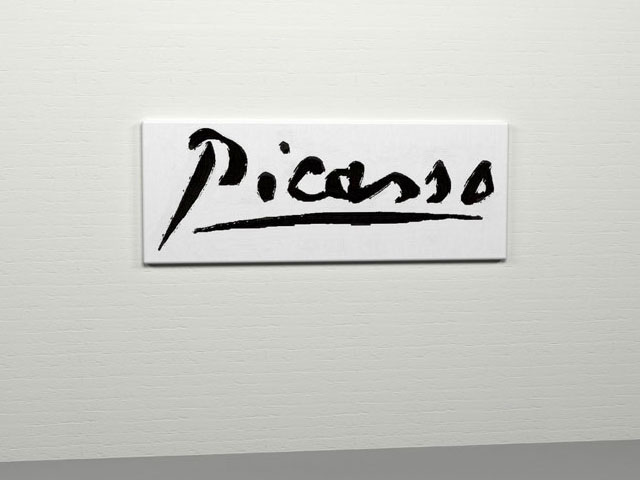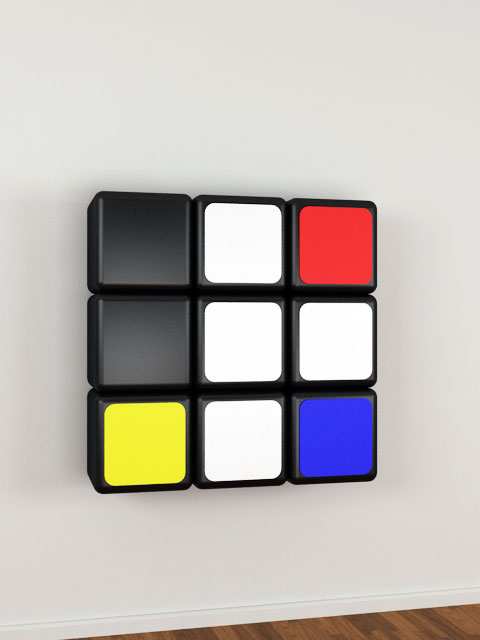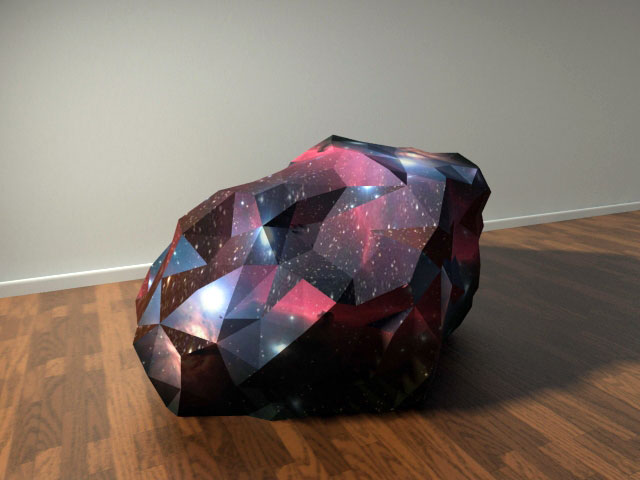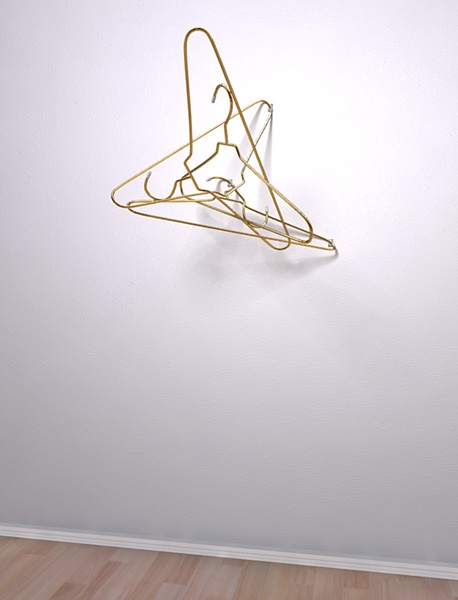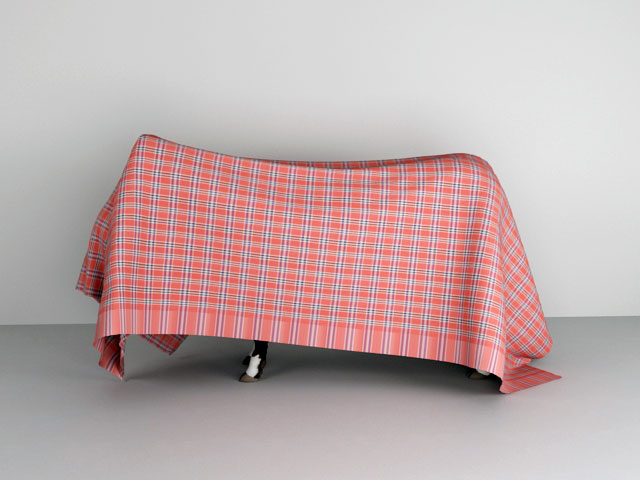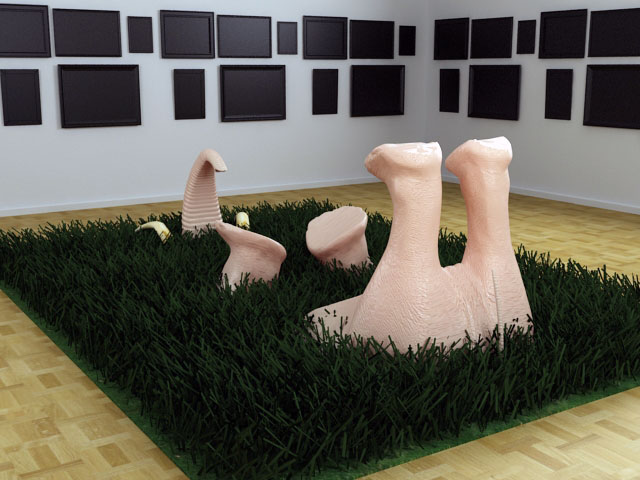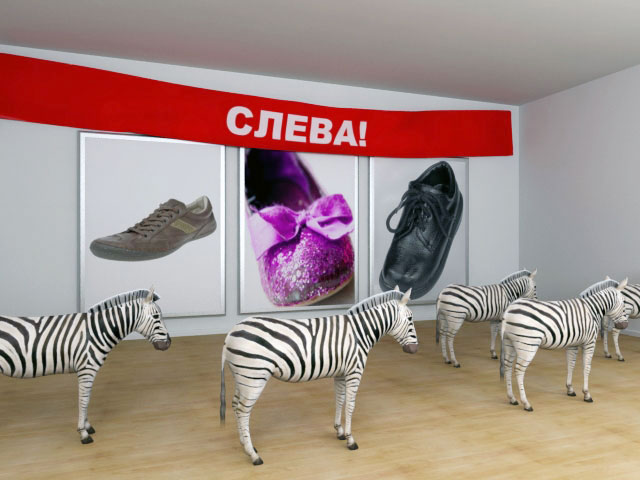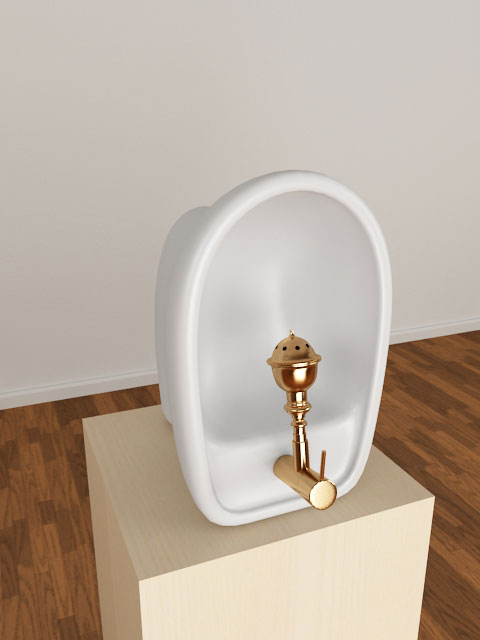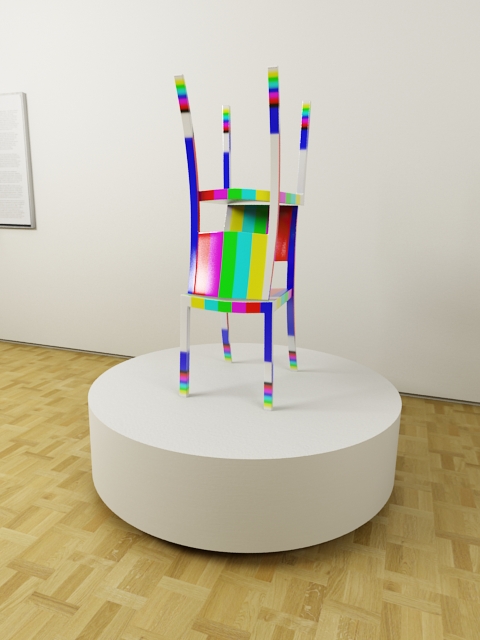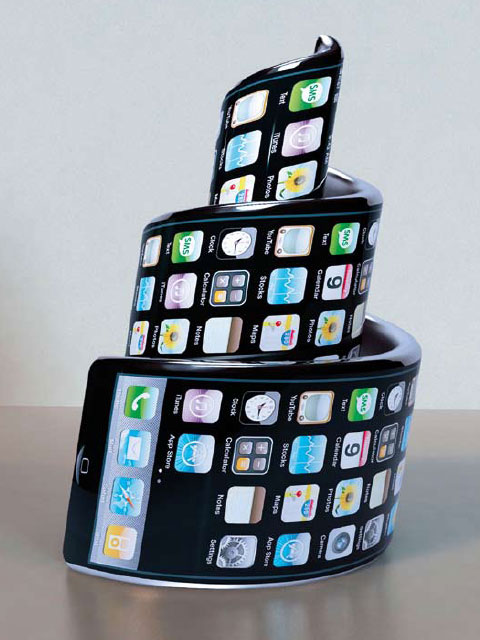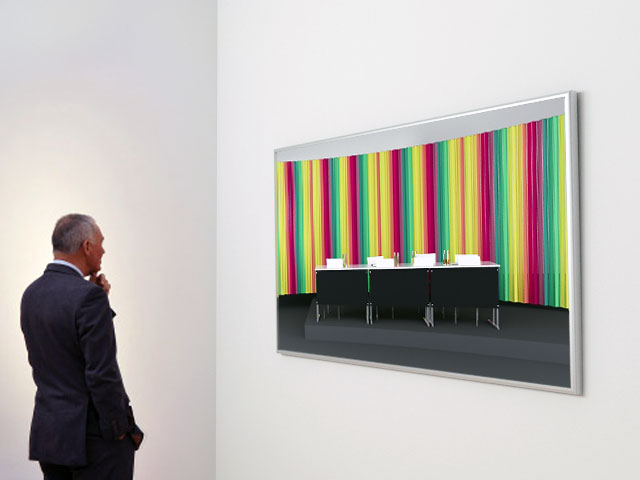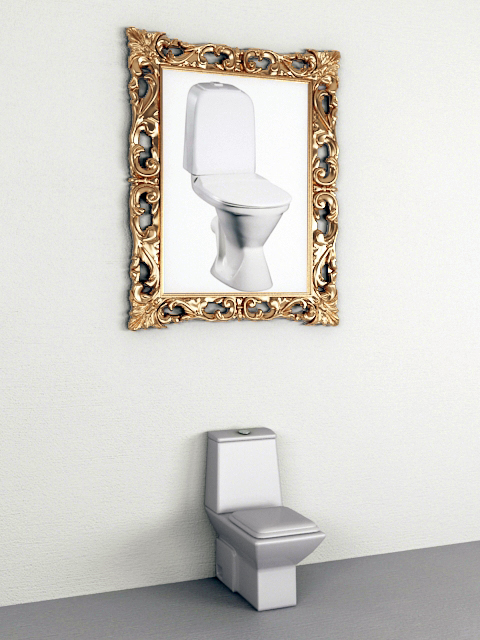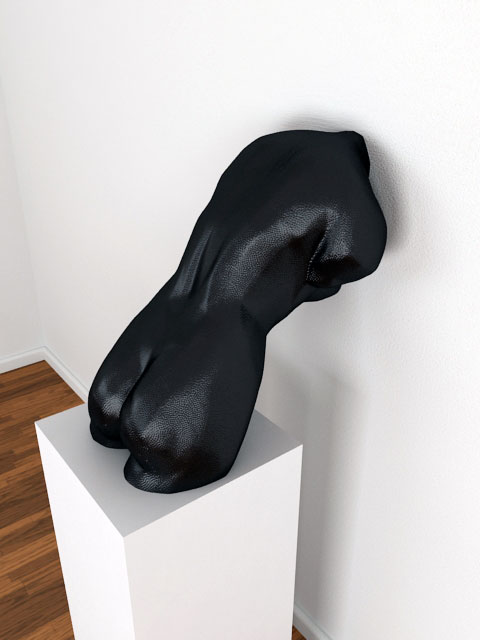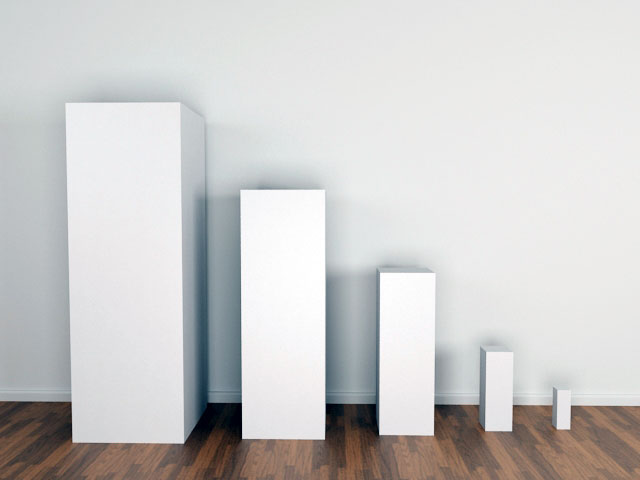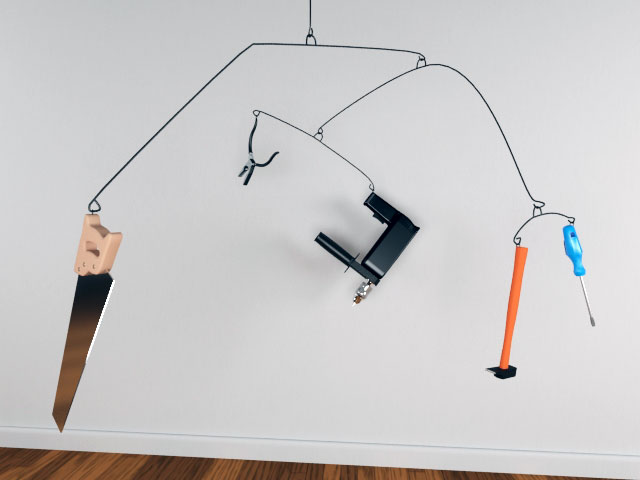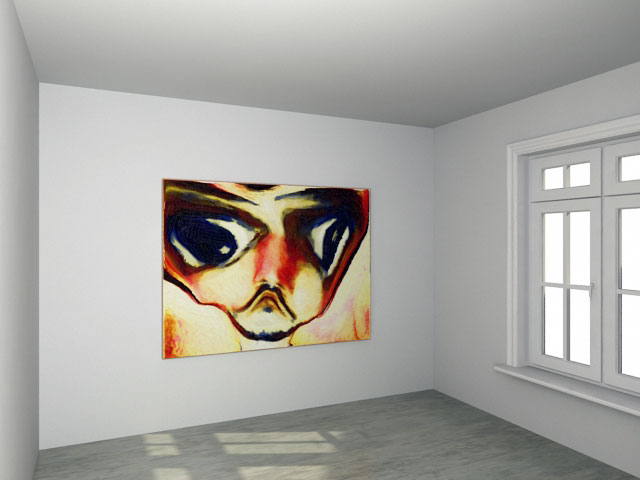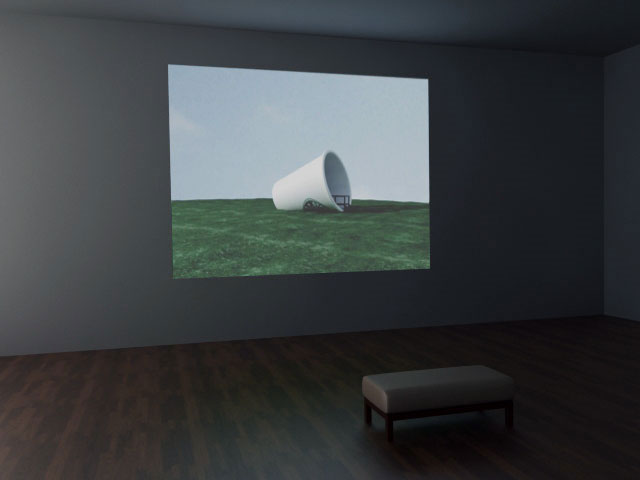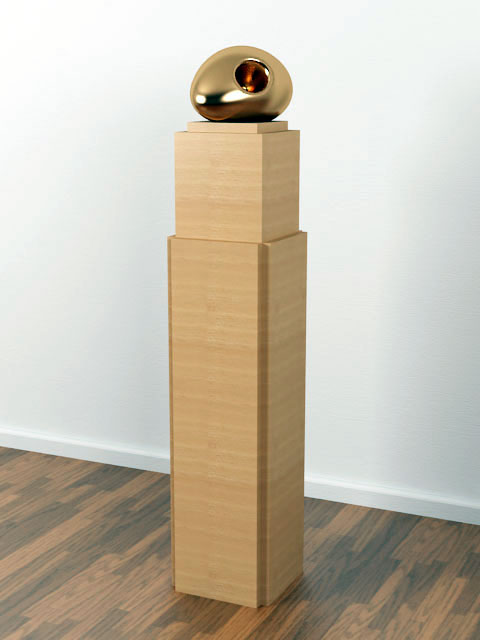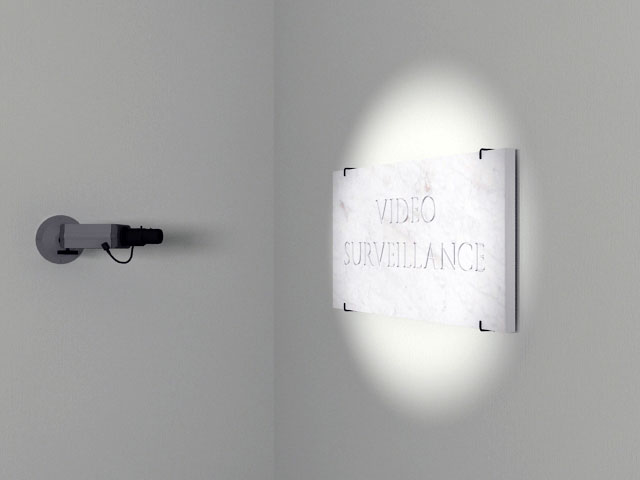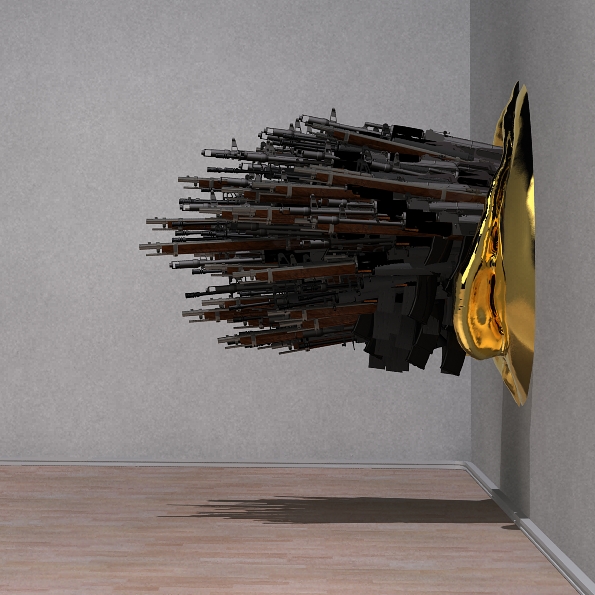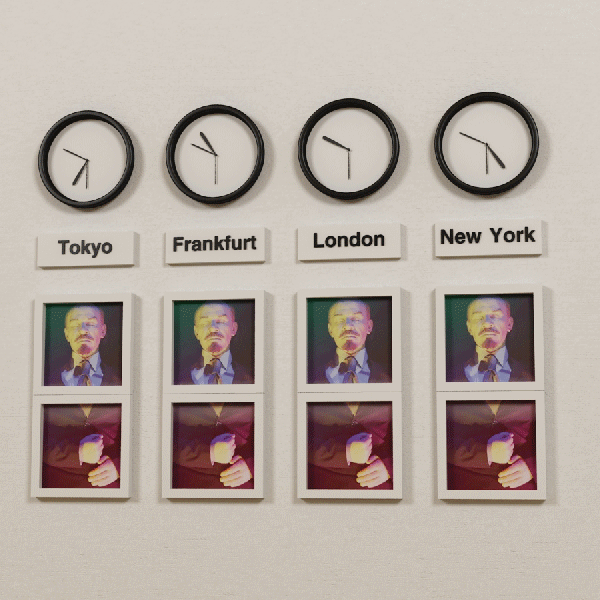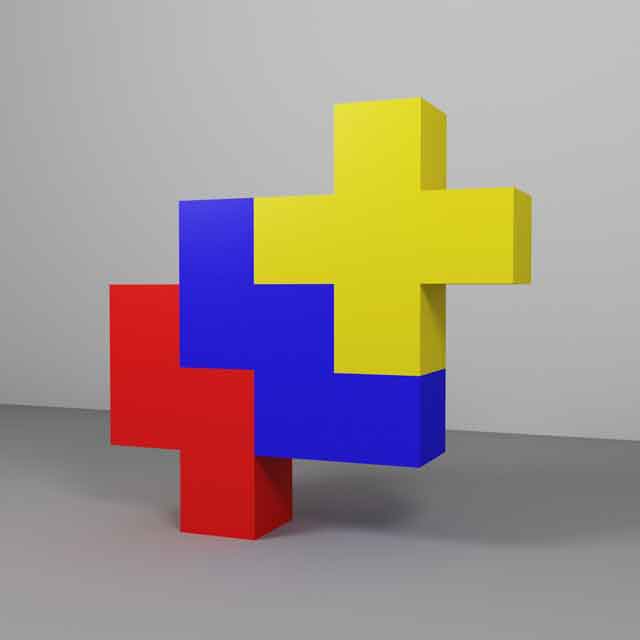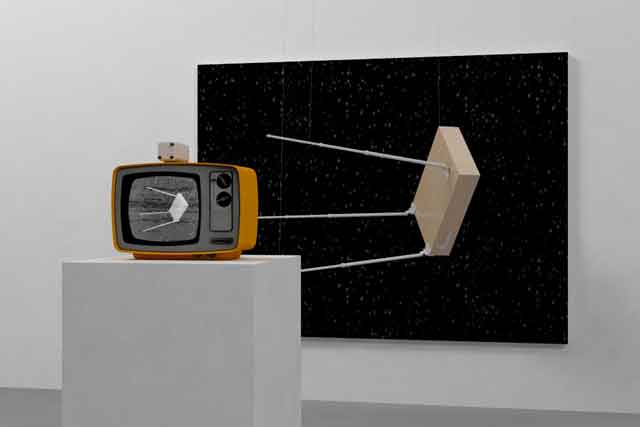TRASHCONNECTION GALLERY. Blog of not existing exhibition situations. In collaboration with grifgont & Valia Fe. 2010-2013.
The process of museumization — that is turning an arbitrary object into a piece of art — is the undeniable prerogative of contemporary art. After all, an artwork can only be considered without an exhibition space only if it has already had been there. Sometimes, however, a reproduction that is intended to document an exhibition actually ends up substituting the work itself. It might even contain the potential of a work of art in its own right, thus indicating insignificance of the contact a viewer makes with the original in real time and real place. Many works suffer this same fate: when reproductions cast a shadow over the original work and even, in consequence, become an inspiration for the work of other artists.
The proliferation of blogs has done much to make the documentation of exhibitions a legitimate art-form in its own right. The photographs of a work published online are in many ways closer to the viewer than the physical work itself; while the possibility of interaction via social networks makes the distribution of this information even faster. At the point of experiencing art, the works themselves can be so far removed from the viewer that it becomes difficult for a viewer to form any judgement based on the reality of the exhibit (which, it transpires, is not actually all too important). On the other hand, relentless requirement to churn out the next idea and the fact that all artists are located in one global information field forces them all to work using similar techniques and effects. No-one is embarrassed about imitating a given trend, further undermining authorship in a traditional sense. Proliferation within one form. Every work tries to become the newest and the latest. Complex hybrids are born that take into account the prior experiences of the viewer while also aiming at something bigger and more amazing.
“Trashconnection Gallery” was an open web project that looked to create and anonymously publish simulations of exhibition pieces made using 3D technology. It reduced the number of stages to the journey between the work and the viewer, bypassing difficult relationships within the art system, while also eliminating the need for exhibition spaces and human resources.
